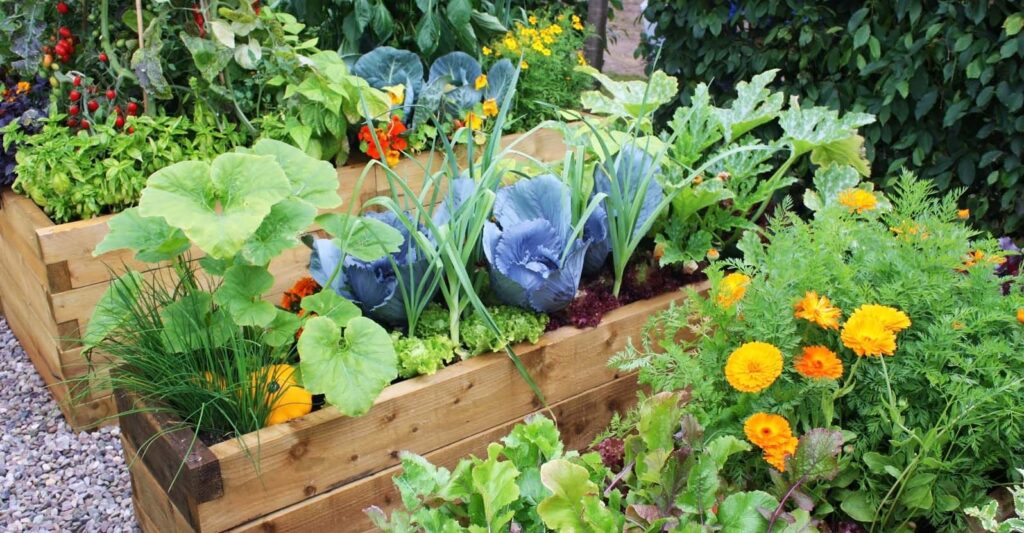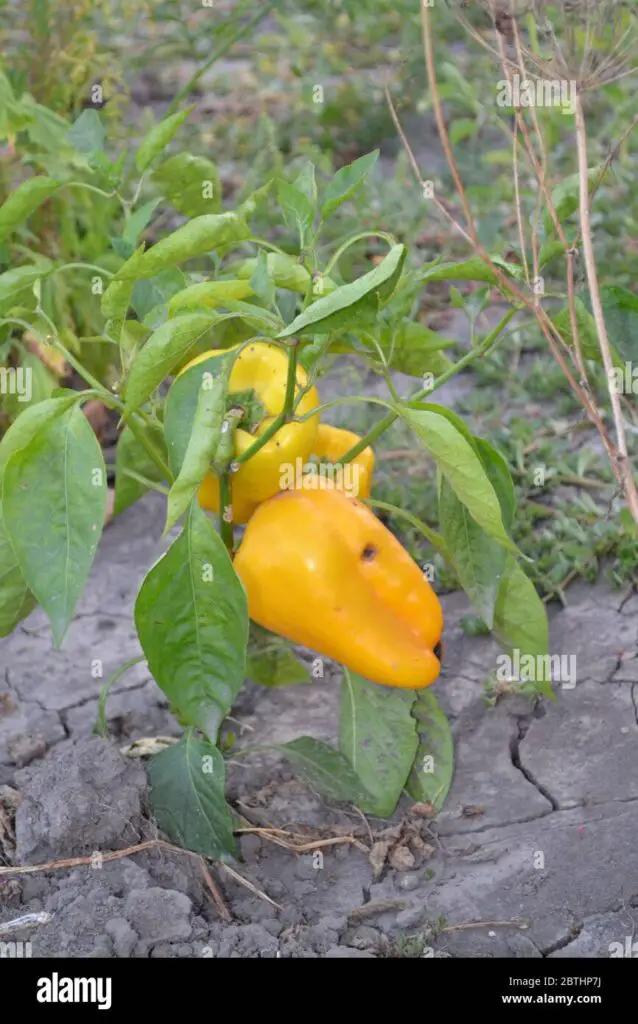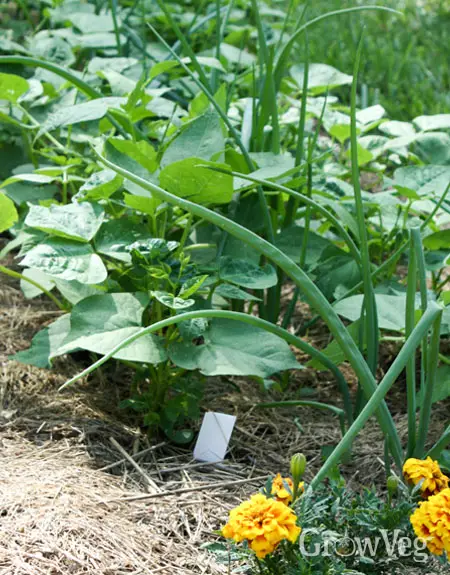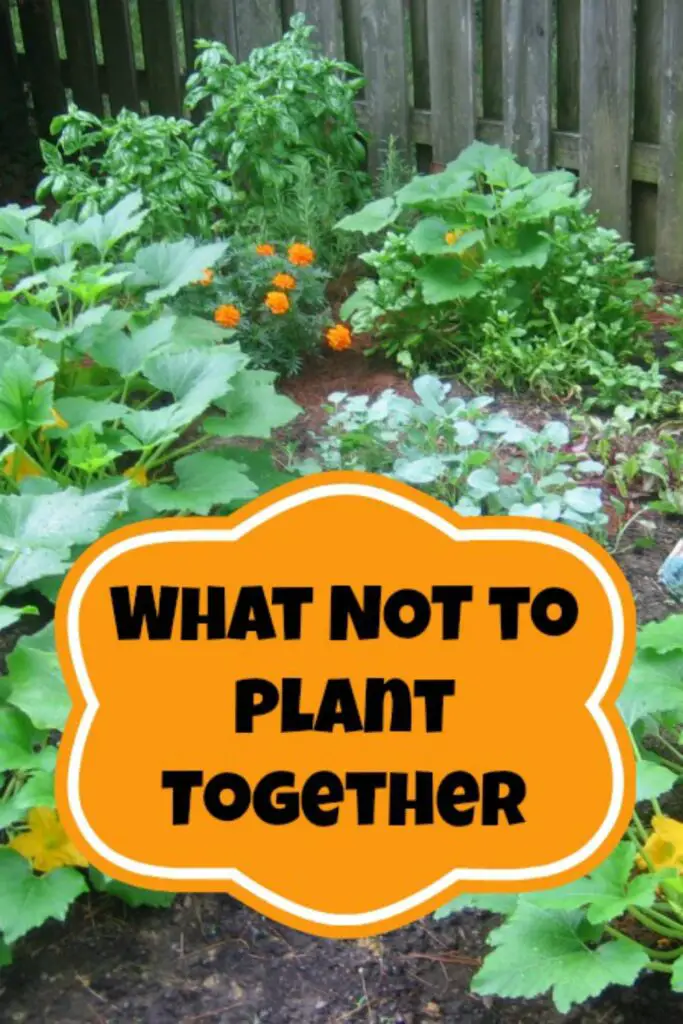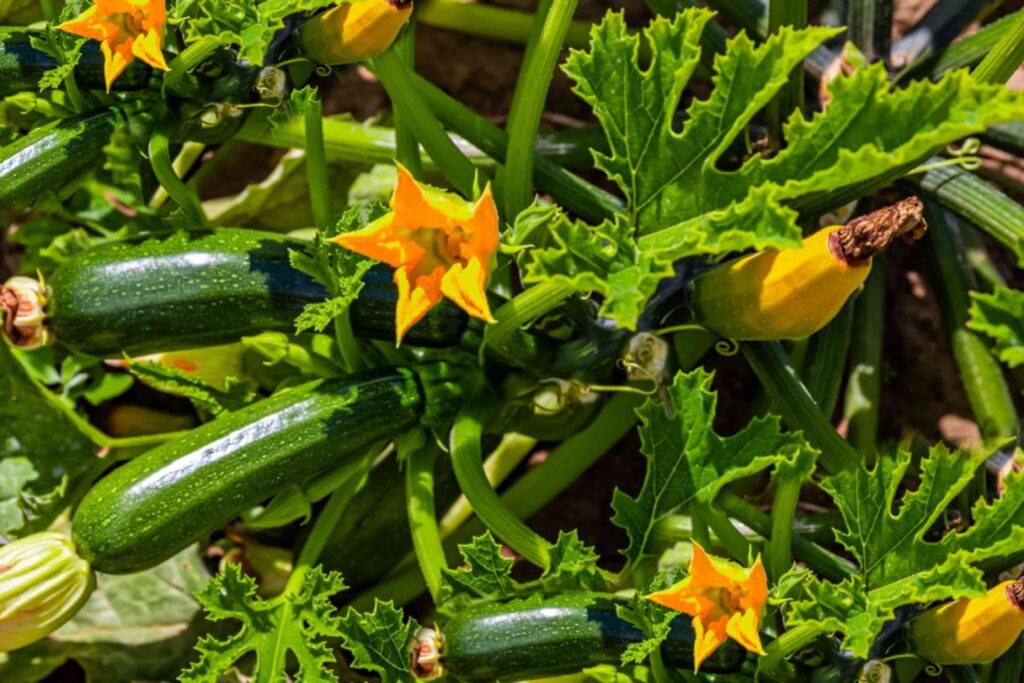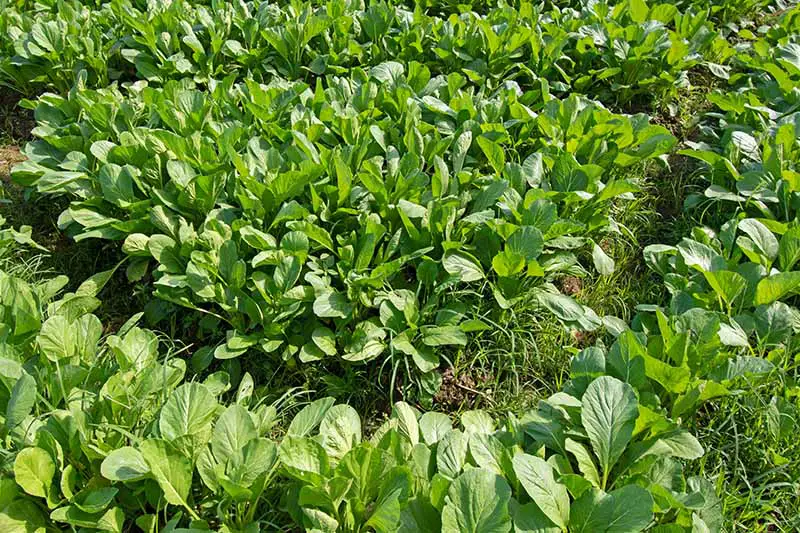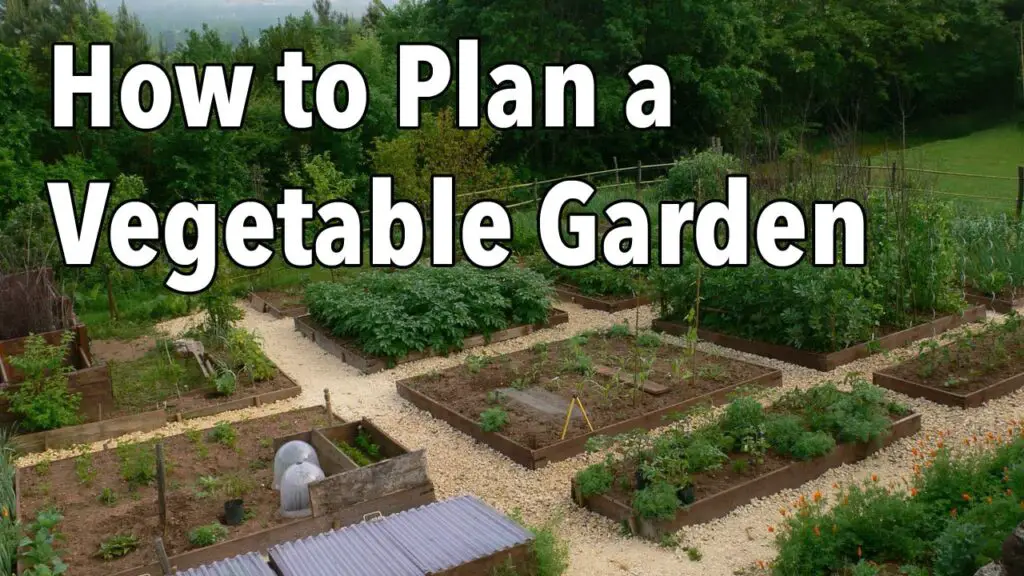Companion Plants for Veg Garden
Companion plants are plants that thrive when grown near each other. They can benefit from one another by providing support, such as shade and wind protection, or by attracting beneficial insects and repelling pests. Some common companion plants for a vegetable garden include marigolds, nasturtiums, mint, chives , garlic , petunias and oregano. Marigolds produce ...
